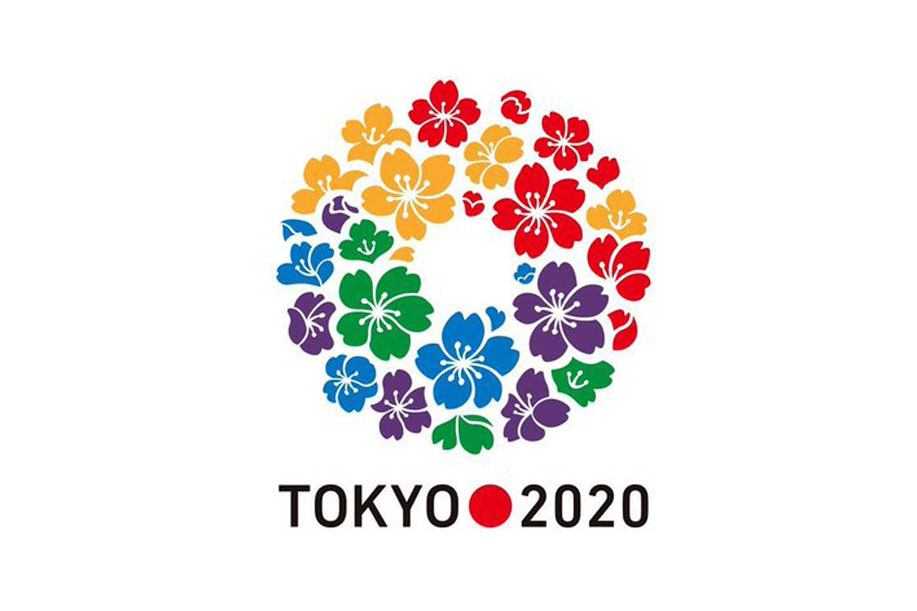With robots welcoming tourists, autonomous taxis driving around and the 5G network, Tokyo 2020 Olympic Games is expected to be the most technological event ever. More specifically, this “Made in Japan” event is expected to be the Olympics dedicated to green technology.

After the Fukushima nuclear disaster, the environment has become one of the burning topics in the Land of the Rising Sun. The Japanese will use the Olympics as a test bed to show how to reduce greenhouse gas emissions through green technology; if they succeed in doing so, the technology will be applied to the entire country. Among the technologies that Tokyo aims at developing, in terms of environmental sustainability targets, are solar roads, piezoelectric tiles and fuel cells.
Tokyo an eco-friendly capital city
Aware of the environmental impact of the Olympics, the Tokyo 2020 Organising Committee of the Olympic and Paralympic Games has published an operational plan on sustainability, announcing a series of technological innovations to promote Tokyo as an environment-friendly city both nationally and internationally.
The ambitious plan seeks to contribute to the 17 United Nations Sustainable Development Goals (SDGs). The SDGs address issues such as climate change, sustainable consumption and production, and require the maximum use of renewable energy sources. The objective of the Tokyo Metropolitan Government is to achieve 30% green energy by 2030, against the current 12%.
The highest priority for the organising committee is to reduce carbon dioxide emissions and in order to do so, it has planned to spend about 330 million dollars to transform the Olympic Village into a hydrogen city where electricity will be fully generated by this resource using fuel cells. In addition, in order to minimise waste of resources, Tokyo has also taken the decision of producing most of the Olympic medals out of metals recycled from used smartphones, computers and other electronic devices.
As a further step towards making Tokyo 2020 an eco-sustainable event, there will be green technologies, such as solar roads and piezoelectric tiles. These new technologies should be introduced on an experimental basis in facilities owned by the Tokyo Metropolitan Government and other premises by the next fiscal year.
- Solar Roads: motorways becoming sustainable
The first step announced by the capital of Japan is the construction of “solar roads“, which are sustainable roads that, instead of asphalt, are paved with solar panels for the production of electrical energy. This technology is truly innovative because it changes the concept of the road from a place of connection to a source of clean and renewable energy. The concept has already been adopted by other countries such as France and the Netherlands, which, however, have incurred very high costs (5 million euros for one km of photovoltaic road!).
The solar roadway is a system of photovoltaic cells covered with a thick layer of tempered glass that protects the solar panels. Each panel is composed of 3 layers: an upper one, able to support large weights and harsh environmental conditions, a central one, equipped with LEDs that illuminate the road, and a lower one intended for the installation of cables for the distribution of the energy produced. Furthermore, this new type of road surface is equipped with a self-heating system that prevents the formation and accumulation of ice and snow.
Last May a solar road was already installed in the parking lot of a Seven-Eleven in Sagamihara, in the densely populated district of Kanagawa. The parking lot has been paved with photovoltaic panels covered with a special protective coating to allow the flow of vehicles.
The convenience of the solar road was confirmed by a manager of a retail business. He pointed out that this system can produce up to 16,145 kWh of electricity a year, which represents 9% of the energy consumed by one store.
- Piezoelectric tiles
Solar roads are one of the most important elements in achieving sustainability goals, but they represent an obstacle due to their high cost, and the benefits may not necessarily be proportional. To solve this problem, the metropolitan government plans to install them in facilities where the amount of energy produced would justify the expense.
On top of this project, there is another one that plans to install piezoelectric tiles in areas with high pedestrian flow, such as hospitals, exhibition halls and squares. These are smart tiles that convert the vibration of steps into electricity when activated by the weight of passers-by. Another innovative technology that can create clean electricity simply exploiting the kinetic energy generated by pedestrians walking and eventually store it in batteries for later use.
Even for this renewable energy source, the biggest obstacle is the high cost, which will only be reduced when investments for mass production are found. Piezoelectric tiles were used during the London 2012 Olympics for street lighting and signage.
- Sustainable transport
The 1964 Olympics were the occasion for the capital of Japan to present to the world the famous Shinkansen, a high-speed train that has been copied almost all over the world. Today, Tokyo is moving towards green technology applied to public transport. In preparation for the 2020 Olympics, the car manufacturer Toyota intends to contribute to making the Japanese capital a global showcase for the concept of environmental sustainability. For this reason, it will provide a fleet of 3,000 vehicles, including e-cars to be used for driving athletes around the Olympic village and hydrogen vehicles that emit water vapour instead of carbon dioxide.
In the meantime, the first fuel cell buses using ten high-pressure tanks containing 600 litres of compressed hydrogen and producing 240 kWh have been driving around the streets of Tokyo for a few months now. The Japanese government hopes to use fuel cells not only to power vehicles but also to replace other energy sources.
Therefore, there are high expectations for the Tokyo 2020 Olympic Games, focusing on technology-oriented towards environmental sustainability, contributing to making a worldwide event even more interesting. Will the “hydrogen society” be the legacy left by the next Olympic Games?
